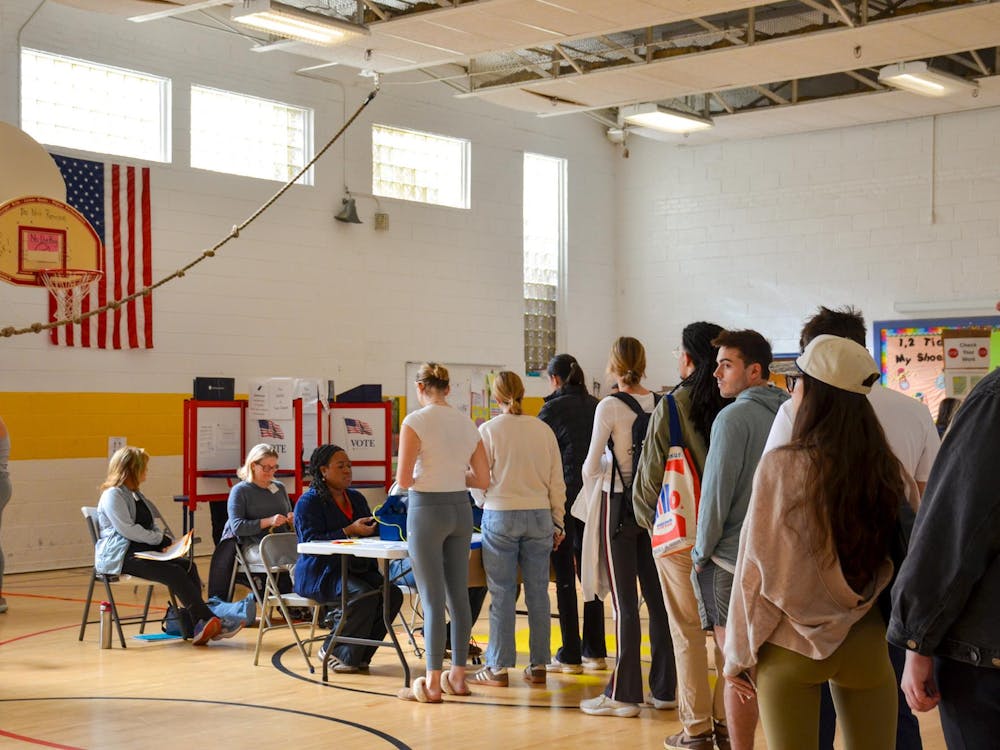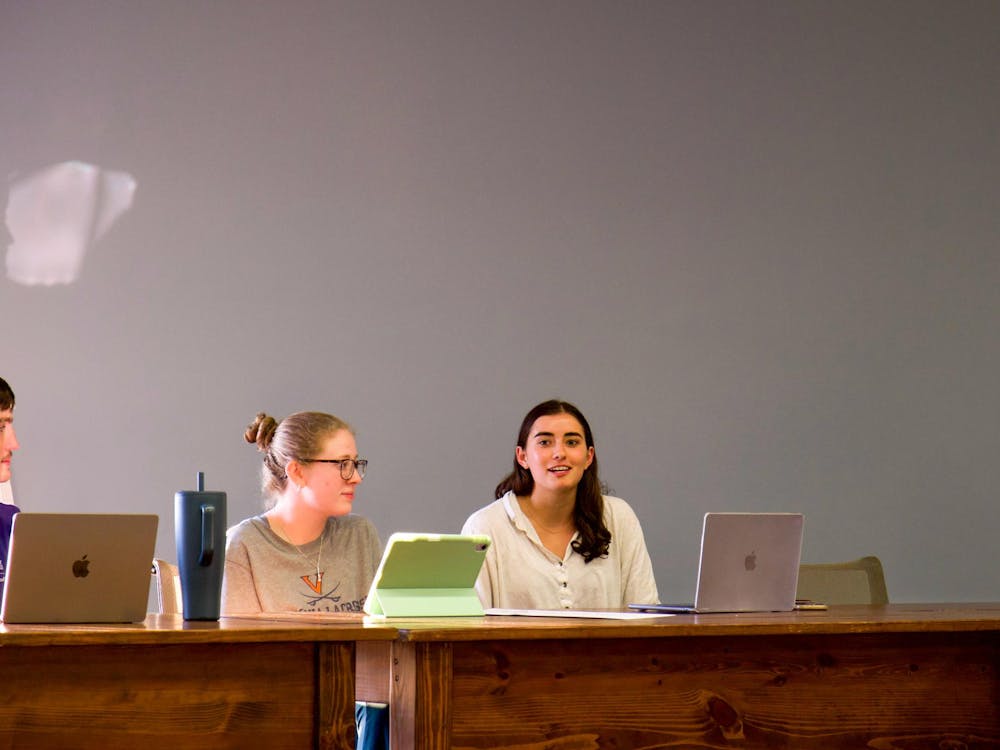This fall, Student Council plans to unveil and implement a number of projects developed this summer, including off-Grounds safety measures and the new University Unity Project.
President Matt Schrimper said Council has been working on “safety initiatives that empower students to take ownership of their own safety in off-Grounds areas.”
This includes expanding the options students have as they travel to and from Grounds late at night, working with students and their landlords to improve off-Grounds lighting and better educating students about their personal safety. Vice President for Administration John Nelson added that the Safety & Wellness Committee is investigating having the University pay for late-night taxi rides.
The finalized new security measures will be announced in the coming months.
“We are months ahead of schedule on our projects,” Schrimper said. “We’re really going to be able to hit the ground running this fall.”
In addition to working on safety initiatives, Council has also been developing plans for the University Unity Project, which is scheduled to be unveiled Aug. 26 The project is intended to allow the entire University student body to unite behind a well-developed, singular goal that will serve the University community, according to the Student Council Web site. Although this year’s inaugural project was chosen by an ad hoc committee, future projects will be voted on by the entire student body, Schrimper said.
Additional initiatives for the fall semester include environmental sustainability and projects in collaboration with other student organizations on Grounds. One such project, the Newspaper Readership Program in conjunction with the Arts & Sciences Council, will offer free New York Times and USA Today newspapers around Grounds beginning in October. Schrimper said there will also be numerous environmental sustainability events throughout the semester, the first being a Farmers Market Sept. 1 to support local food and the community.
Student Council has also been examining internal improvements, namely efforts to make Student Council “a more cohesive whole”, Nelson said. Committees that were previously detached from the greater Council will now attend weekly meetings and events to bring the entire body together.
“Once we get students involved, we want that to be a long-term commitment,” Nelson said. “We’re trying to make people work together and feel like they’re really part of an organization.”
An initiative to inform and begin recruiting first-year students for Council will also be aggressively pursued in the coming months. The initiative will welcome first-year students into Student Council by informing them about student self-governance, what the organization does and how to get involved, Schrimper said.
Nelson added that this focus on first-year students has been lacking in the past and noted that based on the highly successful upperclassman recruitment drive last spring, at least 200 first-year student applications are expected.






